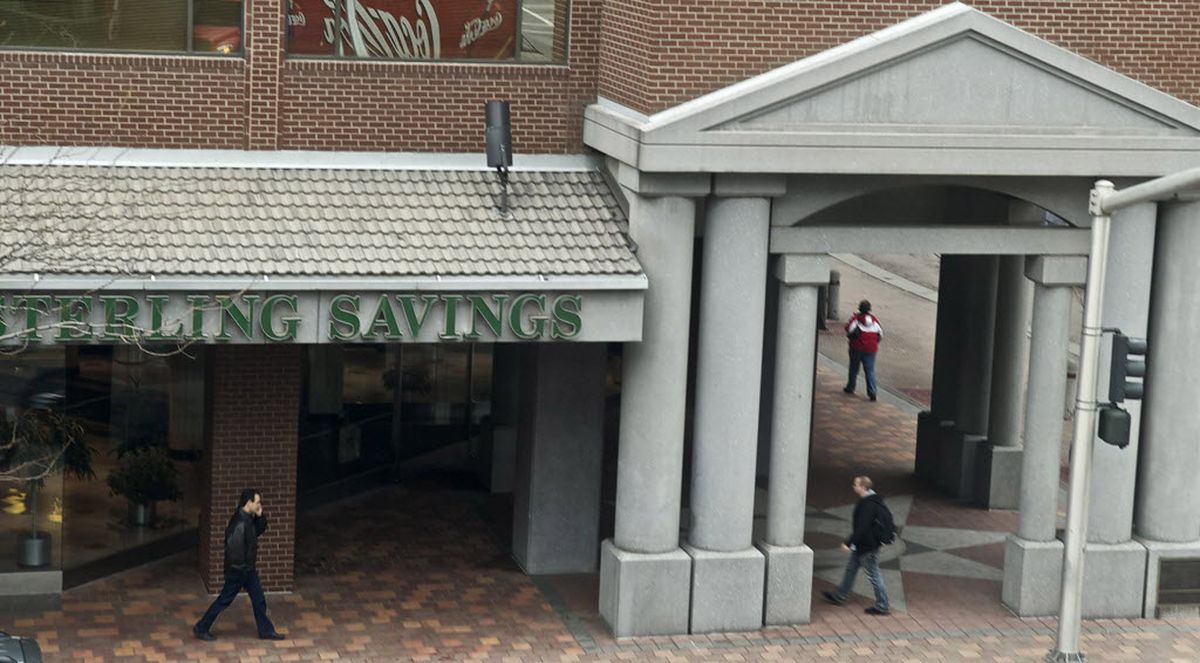Feds offer Sterling a break to help it stay in business

Sterling Financial Corp. Tuesday announced tentative agreements with the U.S. Treasury and a potential investor that will determine whether the bank holding company remains an independent Spokane business, and one of the largest financial institutions based in the Northwest.
In a complicated financial restructuring plan months in the making, Treasury would accept a steep markdown on the $303 million invested in Sterling only 15 months ago if the company can raise an additional $650 million in capital from new investors. Sterling must also repurchase $238 million in trust-preferred securities for which it is offering 20 cents per $1 face value.
Failure to complete the transactions, according to auditors, would raise doubts about Sterling’s ability to continue as a “going concern.”
The deal would all but wipe out present Sterling shareholders, who would own only a small fraction of the refinanced company. Customer deposits, however, are guaranteed by the Federal Deposit Insurance Corp., up to $250,000.
Sterling common stock closed at 77 cents Tuesday. But Treasury has set a maximum price of 20 cents on stock at the time the restructuring takes place.
Sterling Financial owns Sterling Savings Bank and Golf Savings Bank, its residential mortgage lender.
Alternatives to the proposed restructuring include the sale of the bank or some of its assets, or renewed attempts to raise equity to bring Sterling back into compliance with regulatory capital standards, which assure a bank has reserves in case of loan losses.
The bank received a cease and desist order in October from the Washington Department of Financial Institutions and FDIC, who wanted Sterling to raise at least $300 million in new capital by mid-December. The deadline was allowed to pass as officers negotiated with potential investors and developed the restructuring plan.
“We’re now getting to the point where proposals are coming in,” said Executive Vice President Dave Brukardt.
Sterling said it has entered into a non-binding letter of intent with one investor, and has received other non-binding proposals.
Owners of the trust-preferred securities have until the end of March to respond to Sterling’s terms.
Brukardt said he is optimistic about Sterling’s future, adding that the concerns expressed by auditor BDO Seidman LLC would probably not apply to a recapitalized company.
The Treasury offer to accept a deep discount on its investment, which would be converted into Sterling common stock, has been extended to only one other bank, Brukardt said.
The $303 million was provided under the Troubled Asset Relief Program intended to shore up bank balance sheets while they restructured loans and raised more capital. But Sterling’s loan portfolio continued to deteriorate, discouraging potential investors.
Last month, Sterling reported a $855.5 million loss for 2009.
Sterling operates 178 branches in five northwest states, and employs about 2,600, many at its headquarters in downtown Spokane, where it was founded in 1983.
Sterling expanded aggressively over the next quarter century, eventually rolling up more than 20 other institutions into a branch system that stretched from Northern California into Western Montana.
Read more background on Sterling Financial Corp. and its subsidiary, Sterling Savings Bank.